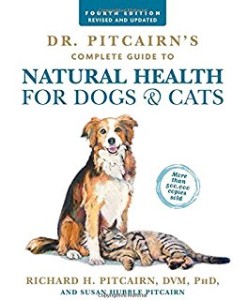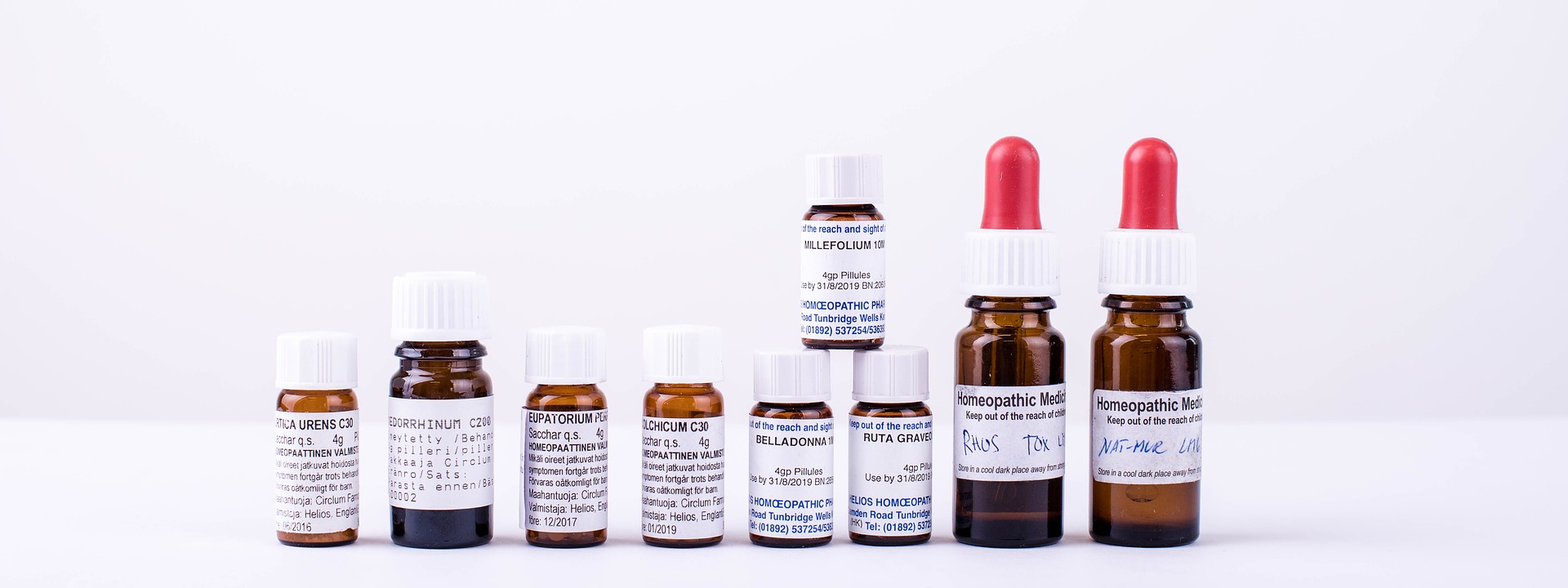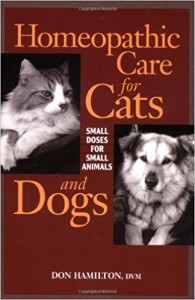Homeopathy
I use homeopathy extensively with my family and pets. Like with Flower Essences, because I have experience with them, the animals will sometimes suggest remedies through me. Honestly, I am not a certified homeopathic counselor and I am not always comfortable making remedy suggestions to people who are not familiar with them. But there are times when an animal is insistent about what they want or need and I want to honor what they are saying. I’ve also seen animals make radical changes in healing following the suggestions they bring forth.
For a clear description of what homeopathy is and its origins click here.
Homeopathic remedies are readily available in most health food stores around the country and are very affordable.
This morning a dog who was being treated homeopathically for Lyme disease told me that these remedies “were made for animals.” She went on to show me the synergistic relationship that still exists between animals and the earth. Homeopathic remedies are made from plants and elements. They are of the earth. Because the animals are in sync with the earth’s energies, and the remedies are made from her minerals, flora and fauna, it’s a perfect match for holistic healing.
A good suggestion:
Get a couple of books on homeopathic treatment for you and your family…Here are my favorite ones for animals, and quite honestly, I learned a lot about homeopathy in general from Don Hamilton’s book. When I find something I’m passionate about, I dive in. I was reading and researching and listening to podcasts about homeopathy for humans, but having a hard time really getting it. When I read the first few chapters of Dr. Hamilton’s book about the principles of homeopathy, it was the light bulb moment for me.
These two podcasts from The Animal Wellness Center in Augusta Maine were also great learning moments for me:
A Holistic Approach to Vaccines for Dogs (Part 1 & 2 with Dr. Judy Herman)
Podcasts for humans: anything by Joette Calabrese
Favorite website I go to for all things homeopathy: Dr. Viskas Sharma MD
General Guidelines for Homeopathic Treatment:
Administration:
- How much to give: Each time you treat your pet, give approximately 3-7 pellets.
- The brand Boiron is the most commonly available brand in my area. Hyland is another common brand. Both of these brands are available in most health food stores and on Amazon.com. Each remedy ranges in cost from about $5.75 – $10.00.
- It is the frequency of treatment and the potency of the remedy that is important. Because I work mostly with 30C potency, that is what I am referencing here. One of the things about homeopathy that is contrary to modern medicine is more does not equal more. 10 pellets will not do more work than 4 pellets. This is a little bit harder to wrap our western minds around. Homeopathy is a subtle medicine and works with the subtle energies of the body.
- If you have one of those easy going pets that will let you put a few pellets in their mouth and then hold the mouth shut for a minute, great. If not, please see alternative method below.
- Another difference with Homeopathy is do not touch the remedy. It will be tempting to use your hands but this may alter or neutralize the remedy. The directions on the tube are clear and the cap is used to administer the pellets directly into your pet’s mouth or liquid you are using for the alternative method. If the cap gets messy, simply rinse it with hot water before putting it back onto the vial.
- Be careful not to expose the remedy to any strong odors. Strong odors can neutralize a remedy. These include household odors such as perfumes, hand lotions, incense, cigarette smoke, essential oils and especially any form of camphor like tiger balm or Vick’s. If you are using an essential oil diffuser, or even cooking something strong for dinner, simply go into a separate room to work with remedies.
- Remedies should be placed into a clean mouth. Wait at least 15 minutes to a 1/2 hour before or after a meal. The remedies are absorbed through the tissues of the mouth. A clean mouth without other scents or flavors helps the remedy get absorbed without interruption.
- The pellets tend to go flying, simply discard any pills that have gone astray.
Alternate method of administration:

This is my preferred method. I usually have more cats around than dogs, and in my experience cats are harder to administer medicine by mouth then dogs.. Either way, it can be challenging and I find this way to be easy and more direct. This method also works well with babies.
Clean equipment is important. Rinse a clean glass bowl in very hot water for 2-3 minutes. Let cool.
Put 1/2 teaspoon of milk or distilled water in the bowl, and then add a few pellets of the remedy. (Plain Yogurt can also be used if you have a stubborn animal.)
Let sit for up to 15 minutes while pellets dissolve.
Let your pet lap it up, or give with a clean spoon or syringe. Medicine syringes for children from the pharmacy or grocery store work well and are easy to clean.
All that being said, I have been known to use tuna juice with very stubborn animals or sick animals who are not eating much otherwise.
Directions for preparing the glass, and spoon, syringe, or bowl for use:
After each treatment, the glass, spoon, or syringe (if you’re using one) need to be ‘neutralized’ by getting them very hot for a few minutes. Once cool, everything’s ready for the next time.
Response to Treatment:
What to Look For:
This is where Homeopathy is wonderfully different than any other mode of healing. What the animal or human does in response to a remedy is very important. It is crucial that you carefully observe any changes in (1) the symptoms or their patterns of occurrence, and (2) the general behavior of your pet. The success of the treatment depends heavily on the accuracy and detail of your observations. I recommend that you keep a written record of when and how often the remedy was actually given, and your observations of your pet’s response. In particular, please take note of:
- general energy and level of activity, attitude; for example, lethargy, irritability, restlessness;
- changes in any specific symptoms; for example, vomiting, discharges, pain, stiffness, etc.;
- whether a symptom seems to be better or worse at a particular time of day, in certain types of weather, or from rest/exercise, warmth/coolness, eating, drinking, touch, pressure, etc.;
- any general change in temperature preference, water consumption, appetite, bowel movements, urination, or other behavior.
Since homeopathic prescribing is based on actual observable symptoms, try to be as clear as possible in your observations. For example, if your cat has a ‘cold’, note whether there is a discharge from the nose, and/or from the eyes; whether it is on both sides or only on one side; the color and consistency of the discharge; whether there is sneezing, and so forth.

